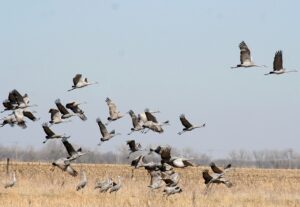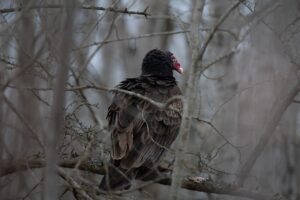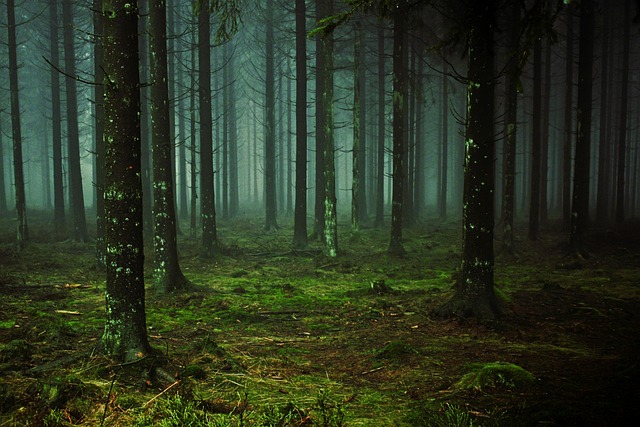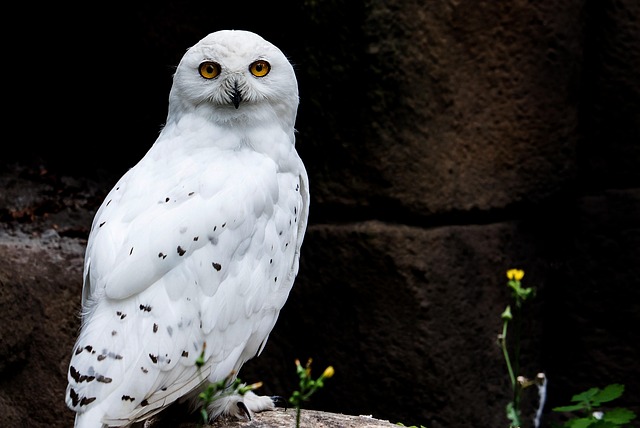Watch a chickadee at a feeder. Notice how it takes one seed, flies to a nearby branch, holds the seed with its feet, and cracks it open. This small ritual, repeated countless times each day, reveals something essential about these birds that both … [Read more...] about Among the Chickadees
Featured
The Language of Wings: Ravens in Literary and Scientific Imagination
Between scientific observation and poetic metaphor, ravens have long occupied a unique perch in human consciousness. Edgar Allan Poe's "The Raven" (1845) transforms the bird into a harbinger of unrelenting grief, yet beneath its metaphysical weight … [Read more...] about The Language of Wings: Ravens in Literary and Scientific Imagination
45 Places Celebrating the Return of Migratory Birds: A Global Tradition
Every year, a remarkable natural phenomenon occurs as millions of birds embark on their migratory journeys across the globe. Migrations, often spanning thousands of miles, signal a change in seasons and breathe new life into the ecosystems they … [Read more...] about 45 Places Celebrating the Return of Migratory Birds: A Global Tradition
A Time-Honored Tradition: The Annual Return of the Buzzards to Hinckley, Ohio
In the township of Hinckley, Ohio, the picturesque landscapes of the Hinckley Reservation, a remarkable natural spectacle unfolds each year on March 15th. This is the day when the buzzards, also known as Turkey Vultures, make their triumphant return … [Read more...] about A Time-Honored Tradition: The Annual Return of the Buzzards to Hinckley, Ohio






